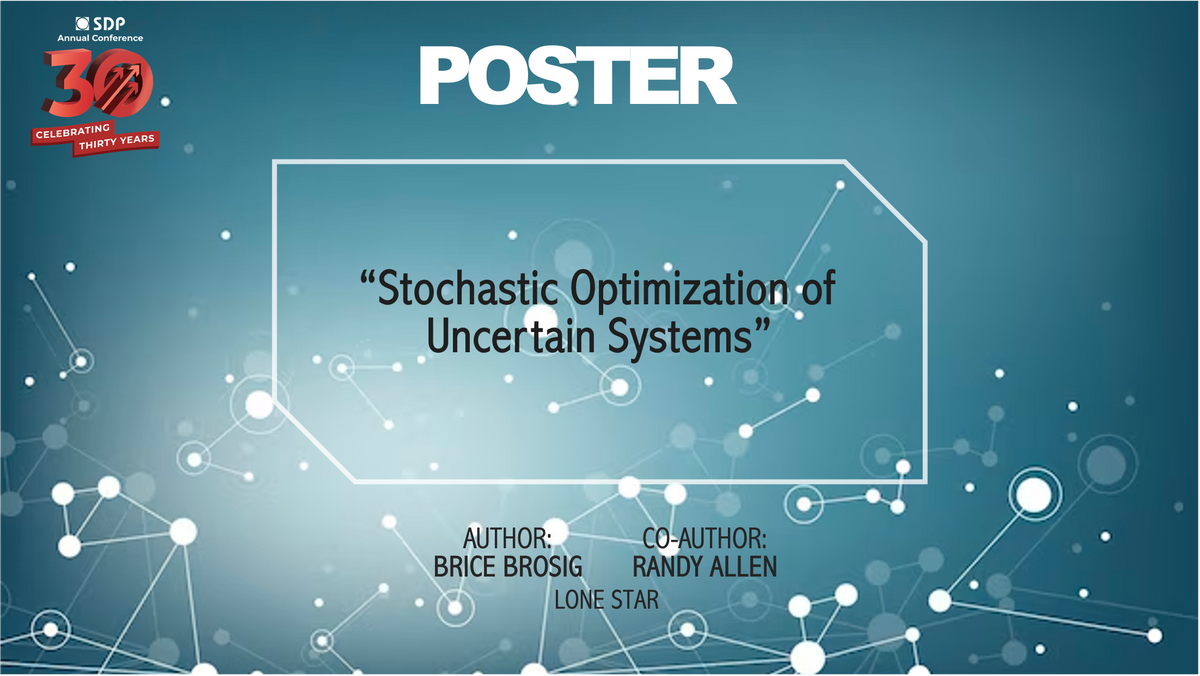
STOCHASTIC OPTIMIZATION OF UNCERTAIN SYSTEMS
Author: Bryce Brosig
Co-author: Randy Allen
Abstract:
This paper demonstrates an optimization technique, which builds on R. Allen’s Adaptive Nonconvex Optimization technique (I/ITSEC in 2019), where one can find optimal control variables for a system that contains uncertainty, that is, one or more of the state variables are stochastic. This optimization technique, in addition to being gradient free and effective on discontinuous and/or non-convex problems, builds a topology of the system robust enough that an optimal solution can be extracted from a noisy objective function. This allows one to accurately model systems that are, in fact, uncertain and still reason about the optimality of a solution.
In this paper, we model the flight of a missile and seek to optimize the uncertain flight conditions by maximizing the lift-to-drag ratio. We choose the uncertain state variables to be Mach number and altitude, with the uncertain control variable to be angle-of-attack. All three are represented by distribution functions from which they will draw values for different evaluations of the noisy objective function. In the end, an optimal angle-of-attack will determine the maximum lift-to-drag ratio (and thus maximum range) among the stochastic uncertainties in the remaining flight conditions, Mach number and altitude.
When optimizing systems, there are two types of variables: control variables – inputs to the system, and state variables – used to describe the state of the system. In most cases, the state variables are deterministic, and one manipulates the control variables to find an optimal solution. This, however, lacks realism and fails to reflect uncertainties that exist when optimizing complex systems. When a system whose state variables are uncertain and modeled as distribution functions, Monte Carlo simulation is typically used to obtain a solution, represented by a distribution function – but this is different from optimization, because the control variables are not optimized, but left as distribution functions.
